|
0 Comments
by John Follaco, Assistant Vice President for Communications, SUNY Brockport, & Jie Zhang, SUNY University Faculty Senate Communications Committee SUNY Chancellor Dr. John B. King, Jr. visited SUNY Brockport on Tuesday, April 4. Chancellor King toured the campus, meeting with a wide range of students, faculty, and staff. He visited the Intercultural Center and listened to the students’ stories. He explored a lab in which Brockport’s Environmental Science faculty team with students to conduct research that will help restore the Great Lakes. Chancellor King also had an opportunity to visit Brockport’s nursing simulation labs, which help prepare next the generation of healthcare workers in a controlled, state-of-the-art environment.
Link to the Twitter post from Dr. Heidi Macpherson, President of SUNY Brockport: https://twitter.com/heidimacp/status/164341022965930394 I-phone Witness News: Gallery @ SUNY UFS Executive Committee Meeting Winter Plenary January 20234/12/2023 by Kyle Fennell & Peter Knuepfer, SUNY University Faculty Senate Communications Committee As a professional in higher education, do you find that the same individuals tend to perform significantly more service than their colleagues, often times stretching themselves thin because there aren’t enough hours in the day to do it all? Do you see the time spent on service being ignored when faculty and professional staff are considered for promotion and/or permanency? Are the expectations of service uniform, or are some (women, underrepresented minorities) asked to do more than others? Given the challenges facing higher education institutions, from recruiting and retaining students from a smaller "traditional" pool to engaging with administrations to have a role in decisions that impact the entire university, it is becoming increasingly more important that we share the burden and do our part to provide quality education to all. As the saying goes, many hands make for light work. Patrick V. Farrell and Robert A. Flowers share their thoughts on the value of service with Inside Higher Ed here.
by Jie Zhang, SUNY University Faculty Senate Communications Committee
UFS Joins UUP and SUNY Downstate Mourning the Loss of Dedicated leader Rowena Blackman-Stroud12/9/2022 by Jie Zhang, SUNY University Faculty Senate Communications Committee
by Jan Trybula, SUNY University Faculty Senate Vice-President / Secretary 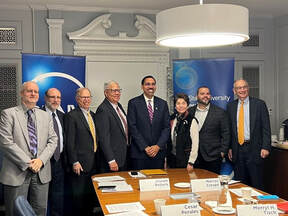 Upon the announcement of the appointment of Dr. John B. King, Jr. as the next chancellor of the State University of New York, SUNY University Faculty Senate President Keith Landa released the following statement. "I am pleased to welcome Dr. John B. King, Jr. as the 15th Chancellor of the State University of New York. This search has been a long process, but well worth the wait. I am confident we have found the right candidate to move our System forward over the next decade and to lead SUNY to meet the vision set out in Governor Hochul’s last State of the State address. by Colleen Pope Lemza, SUNY University Faculty Senate Communications Committee 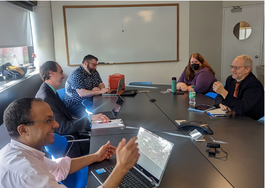 SUNY Plattsburgh academic chairs and faculty senators talk about shared governance and re-engaging students. SUNY Plattsburgh academic chairs and faculty senators talk about shared governance and re-engaging students. Plattsburgh, NY – SUNY Plattsburgh was UFS President Keith Landa’s October 26 stop on his listening tour. Conversations surrounded shared governance and how to re-engage students in a post-pandemic world with SUNY Plattsburgh chairs and senate leadership. “Keith’s visit has opened fruitful discussions about pertinent topics facing our campus and all of SUNY today,” said Ray Carmen, Faculty Senate Chair. “Shared governance is key to understanding how to return our campuses to the vibrant places we all want to see again,” he added. by Kyle Fennell, SUNY University Faculty Senate Communications Committee
|
AuthorsWrite for the University Faculty Senate!! Archives
October 2023
Categories
All
|
© COPYRIGHT 2015. ALL RIGHTS RESERVED.

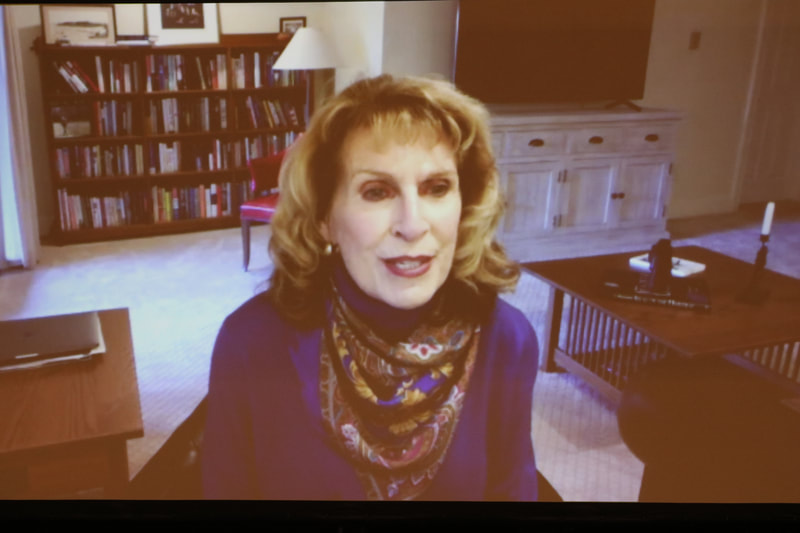
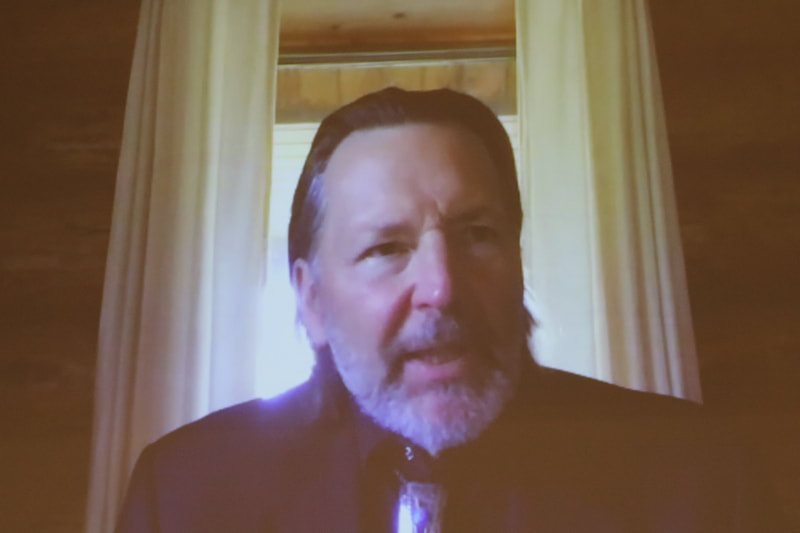
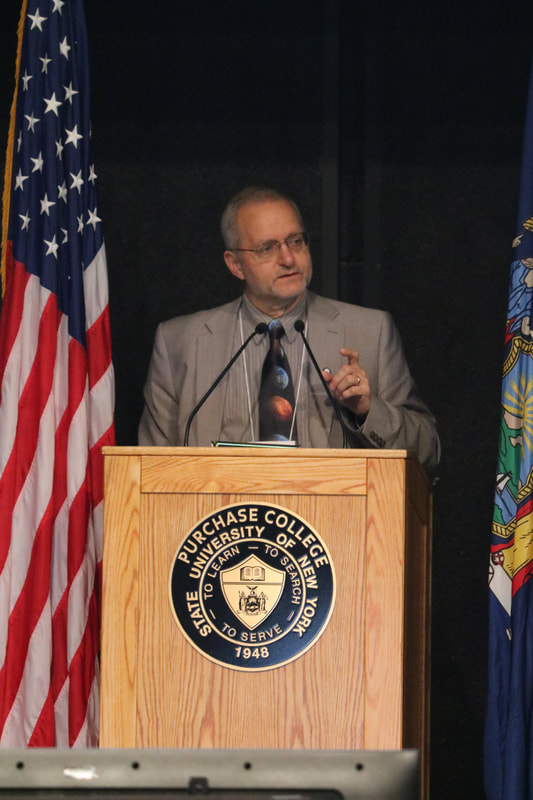
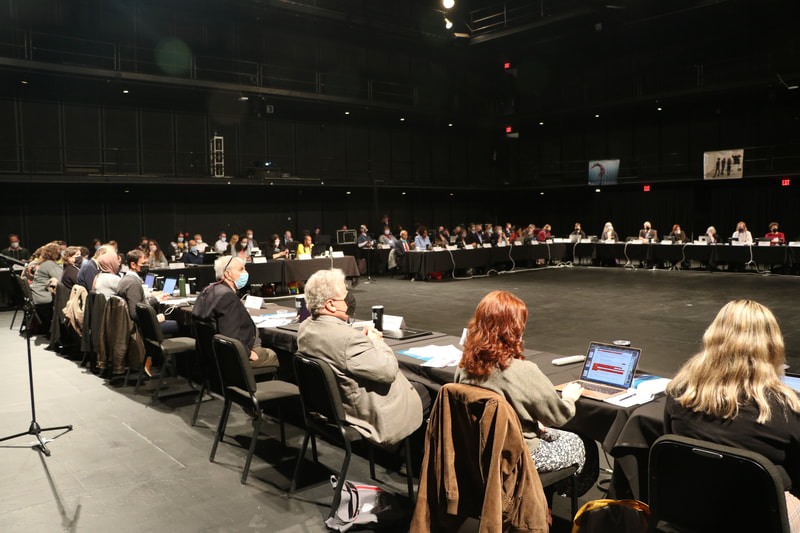
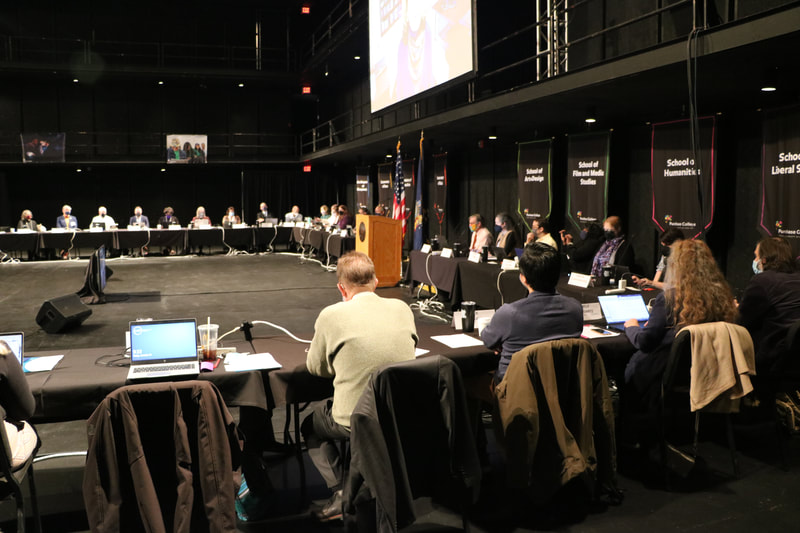
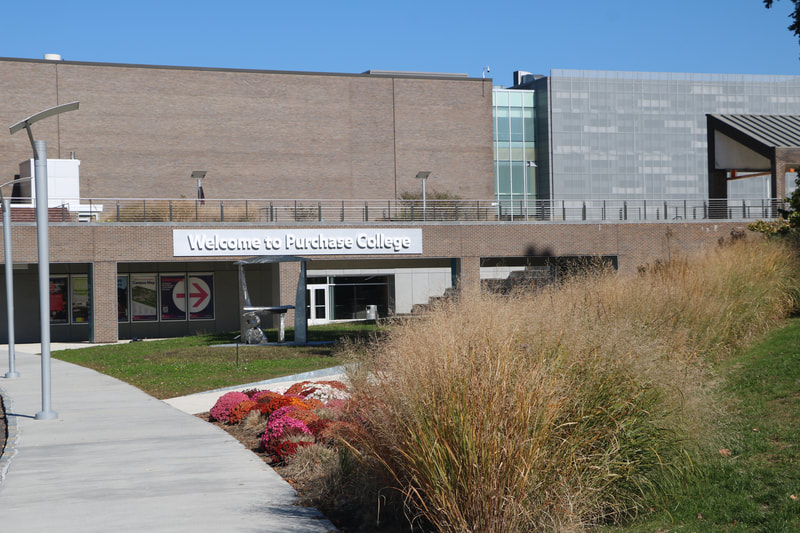
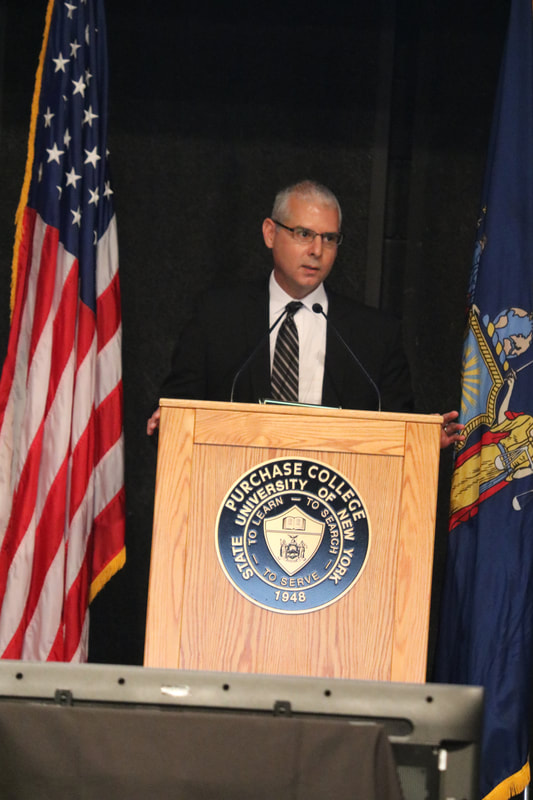
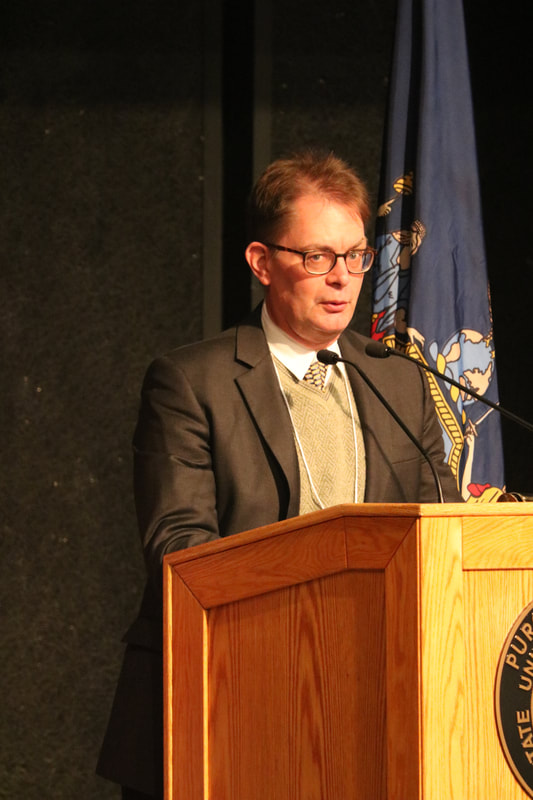
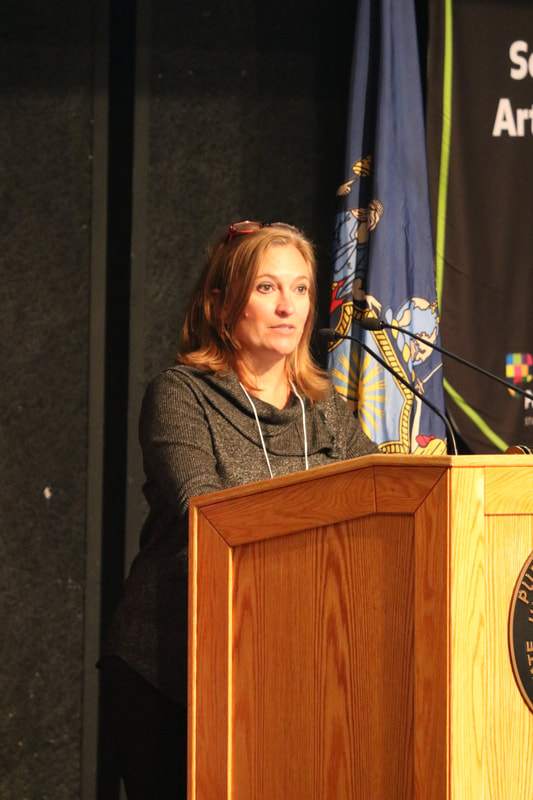
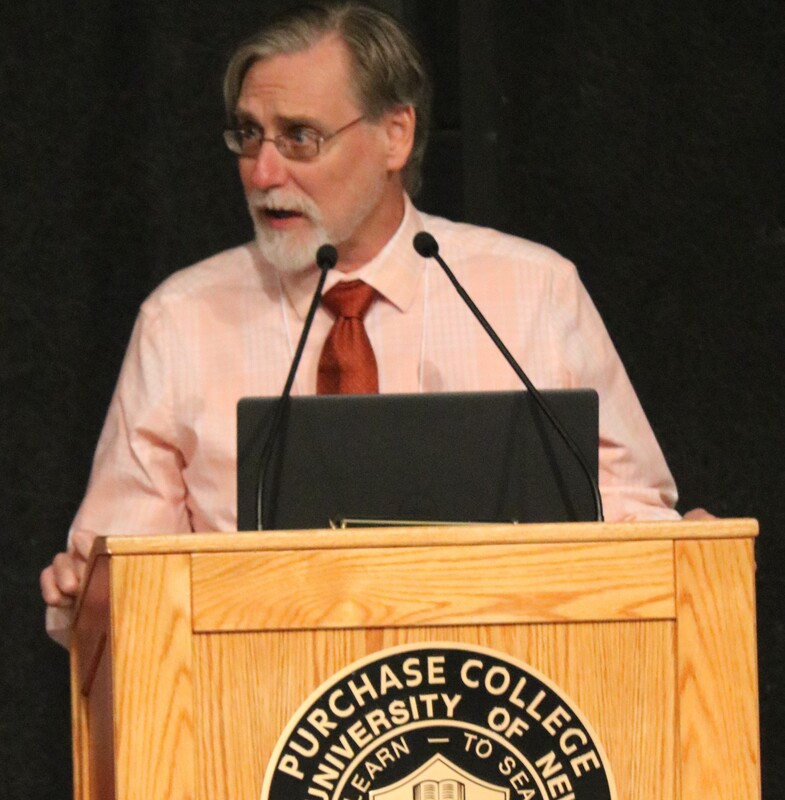
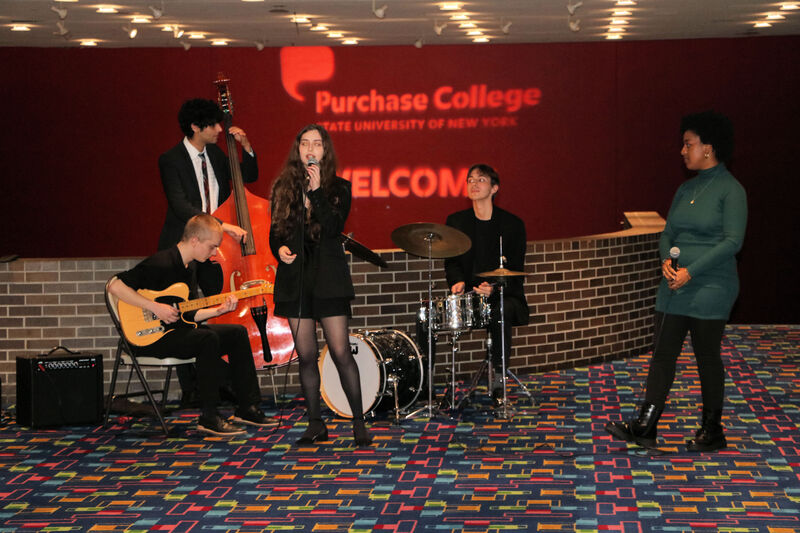
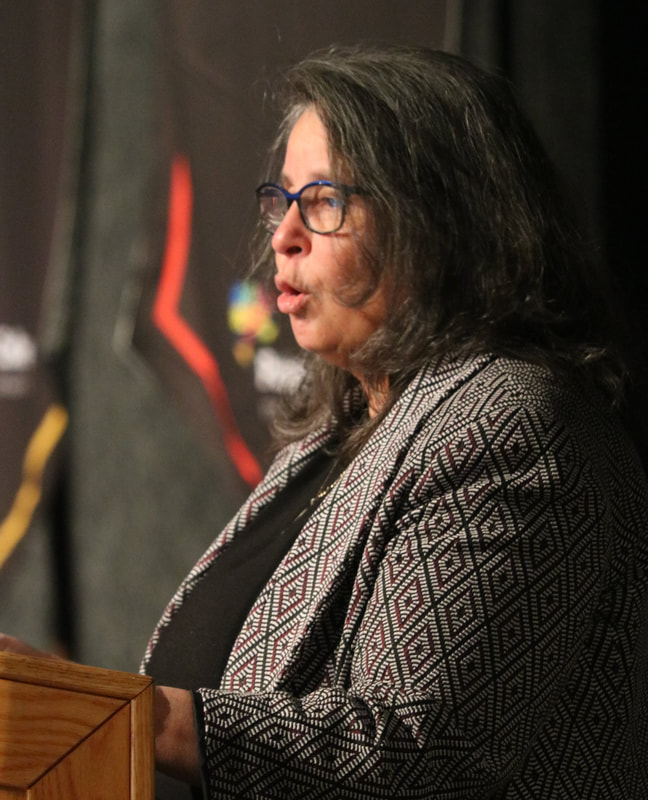
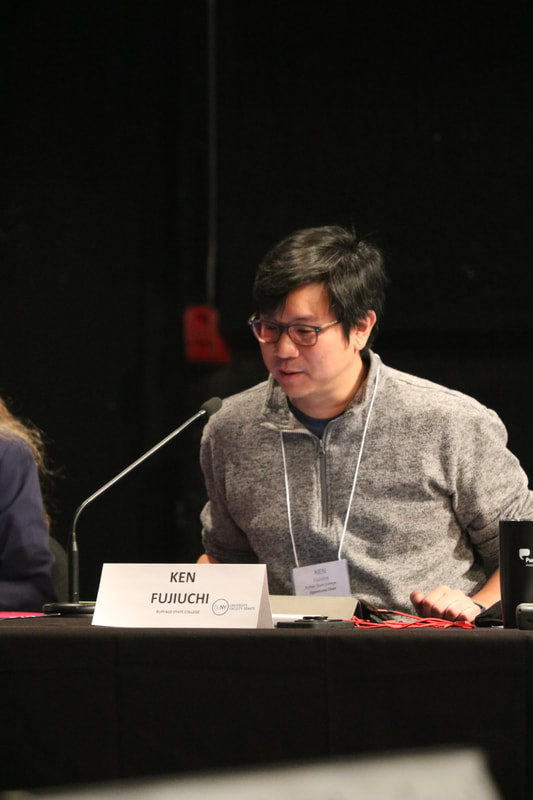
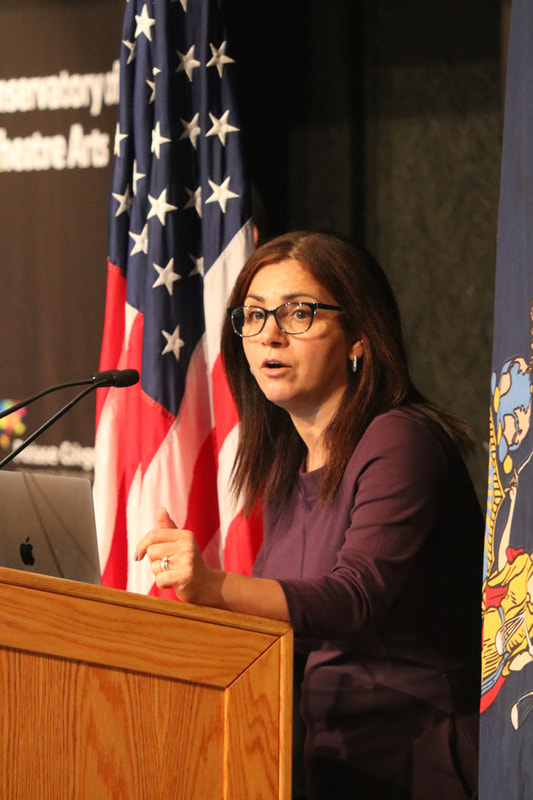
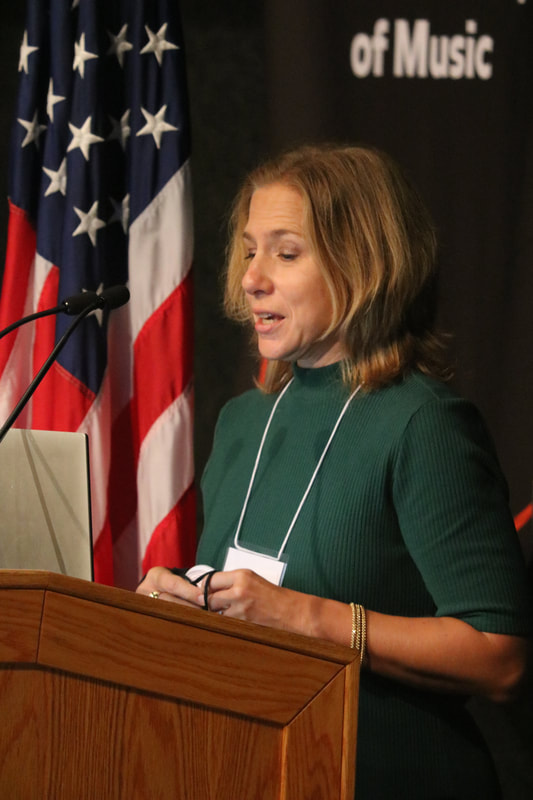
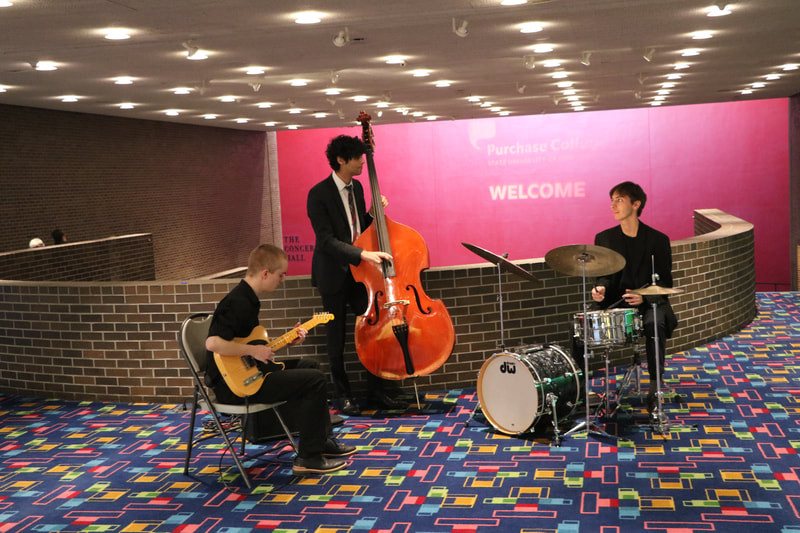
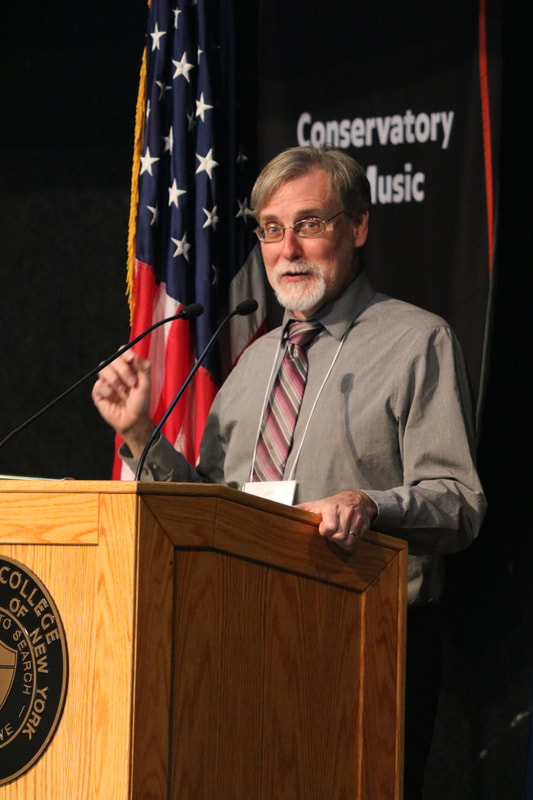
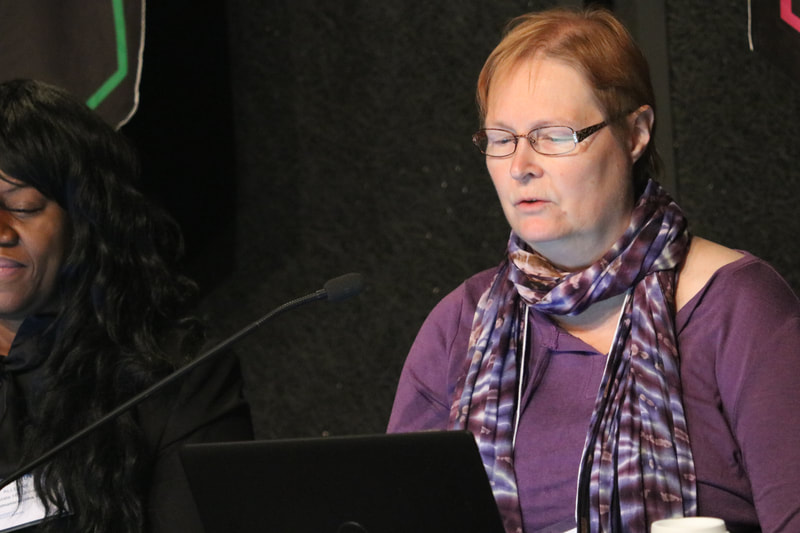
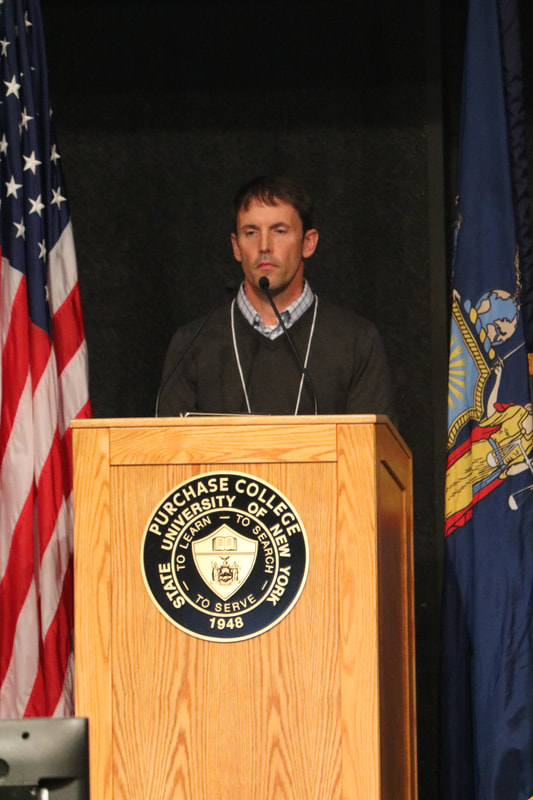
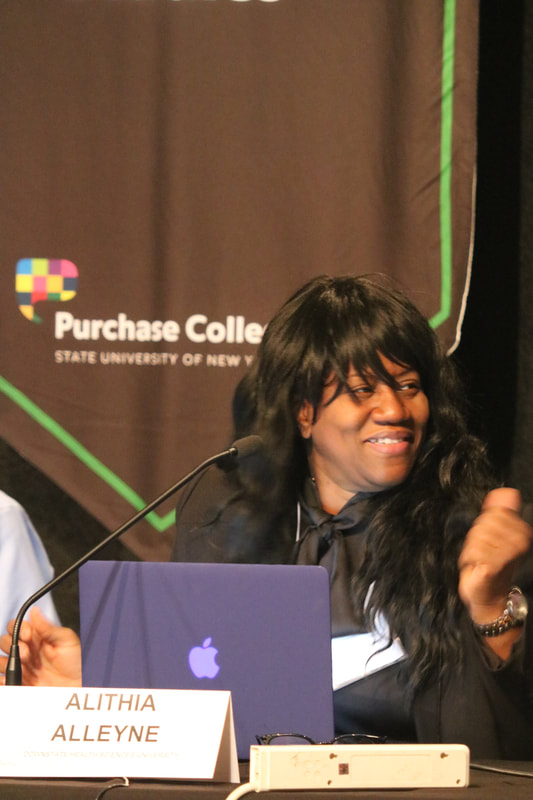
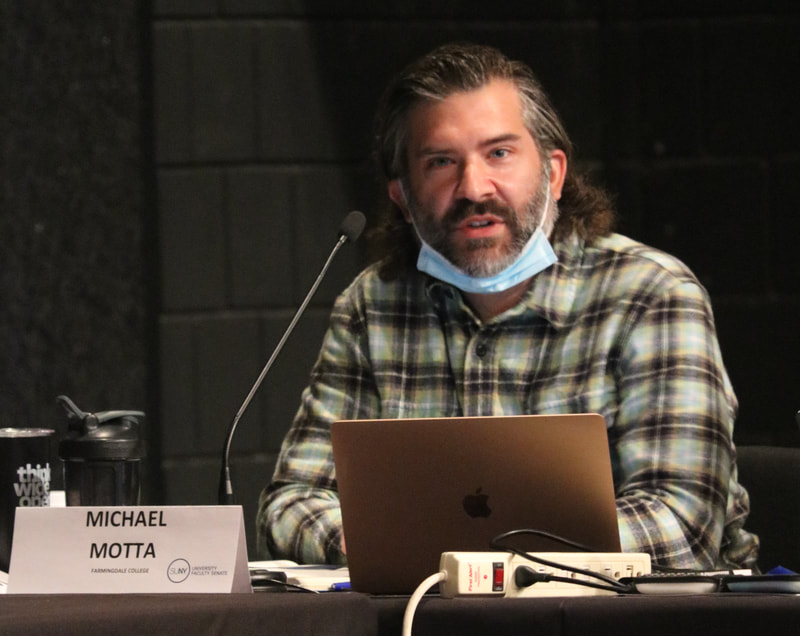
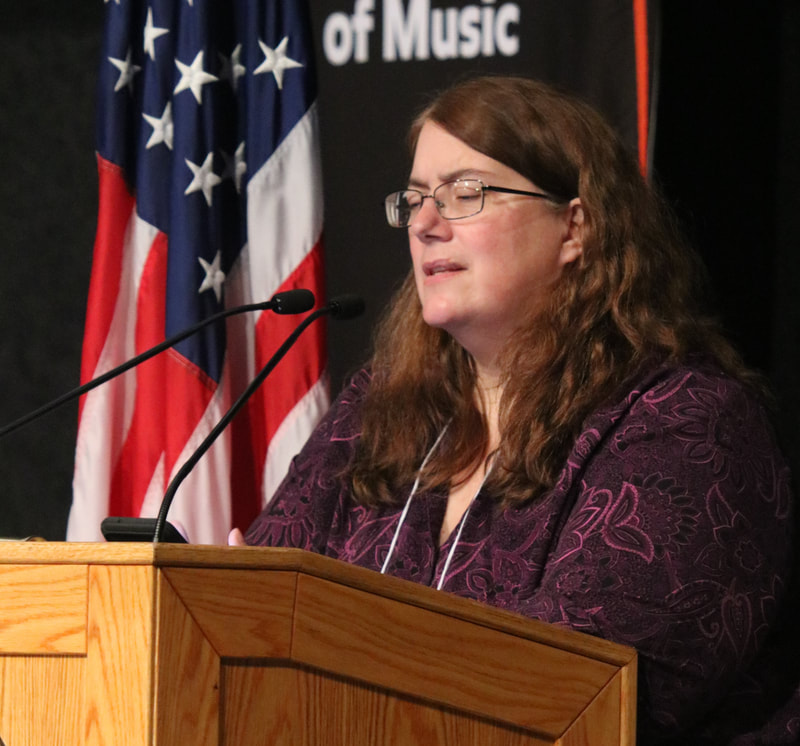
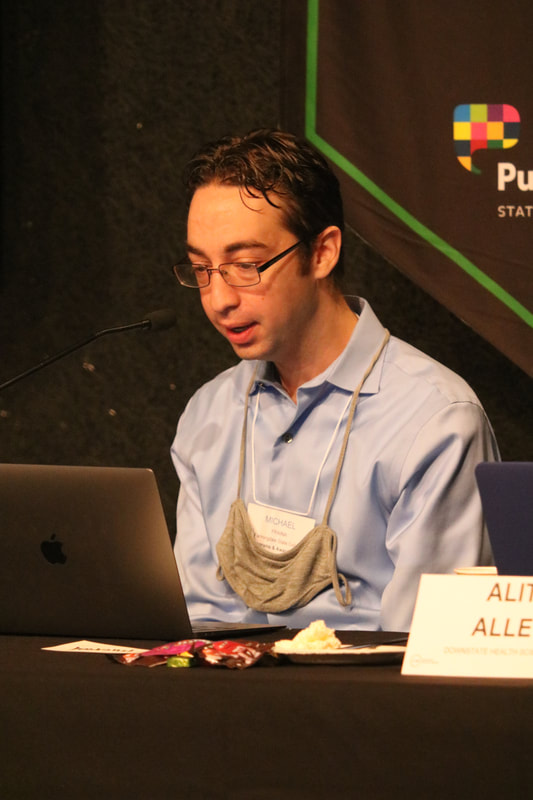
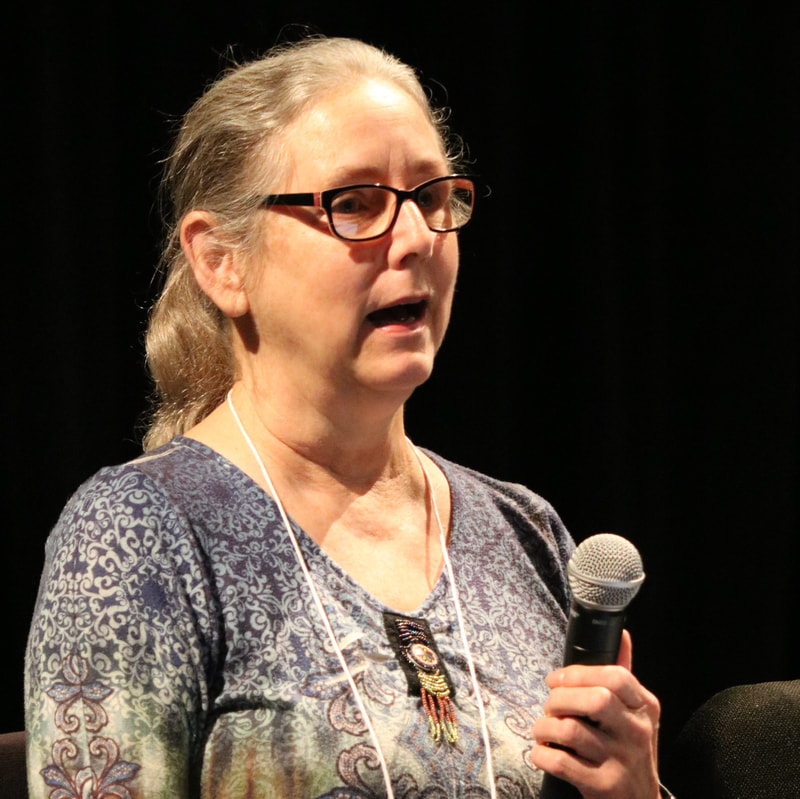
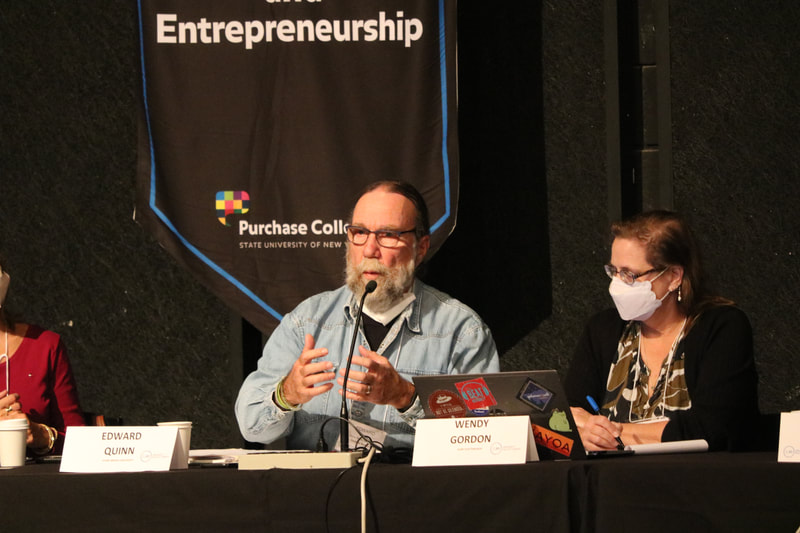
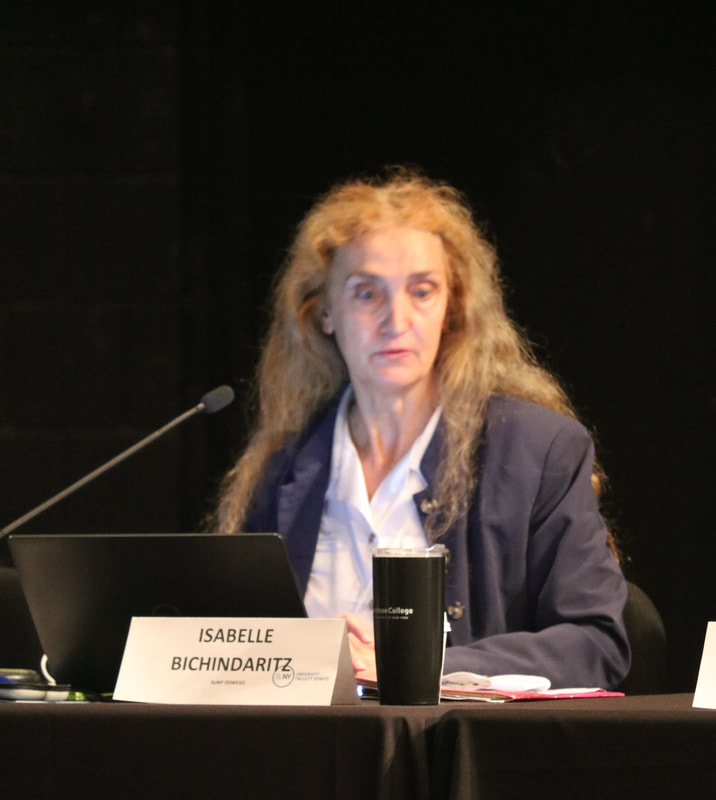
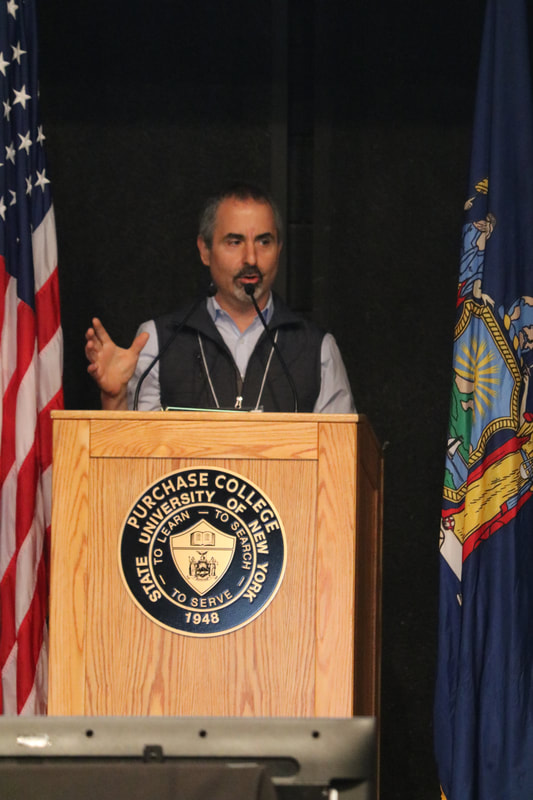
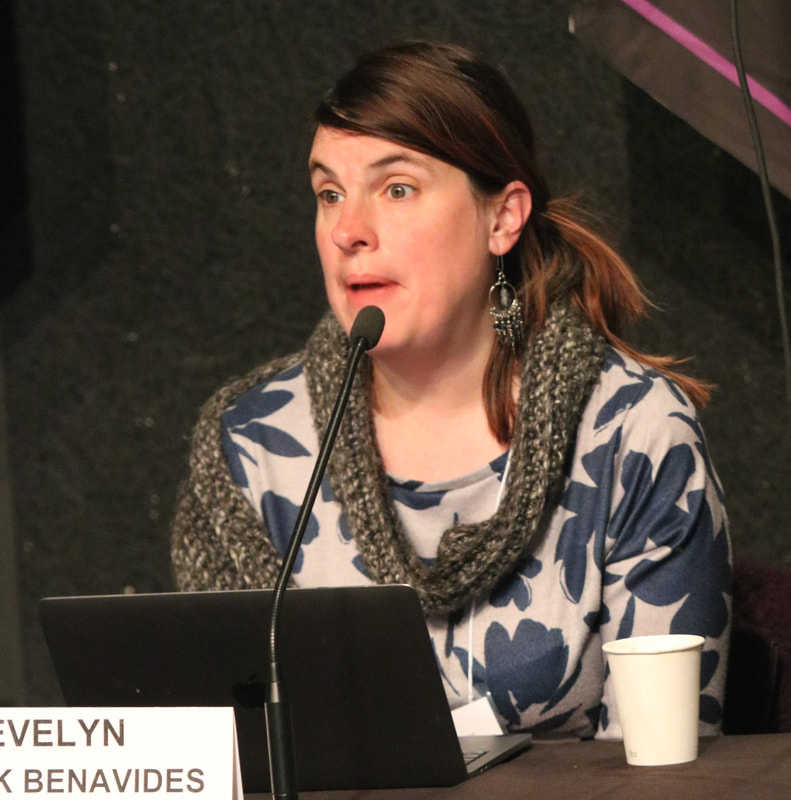
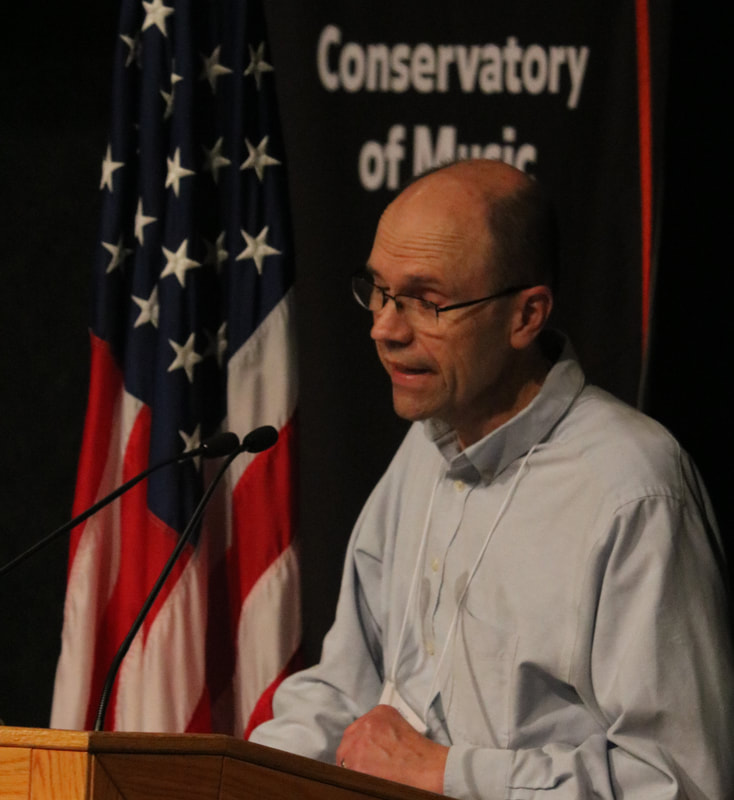
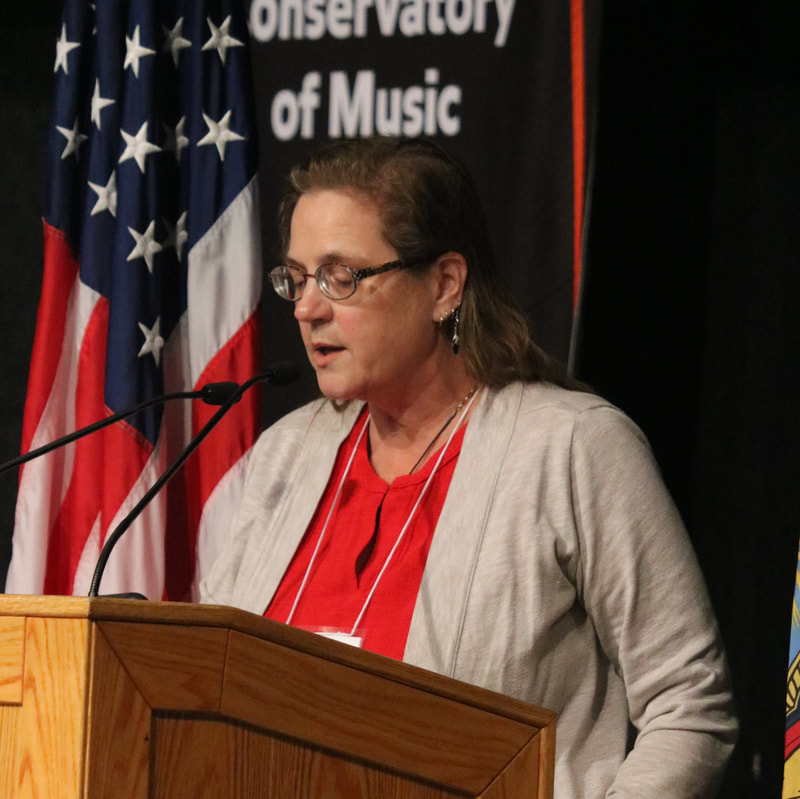
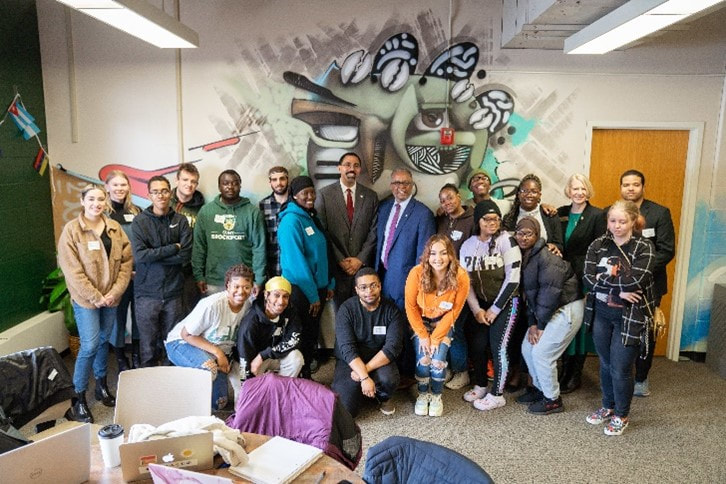
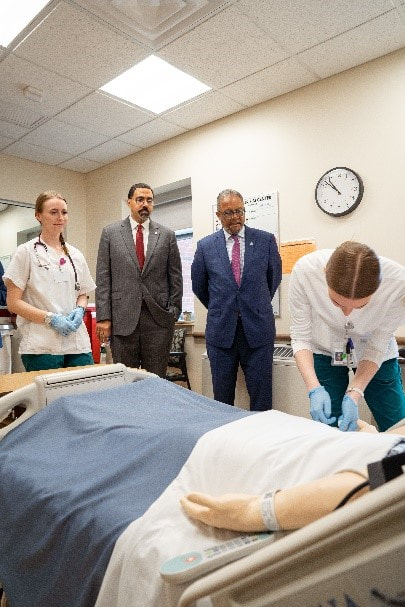
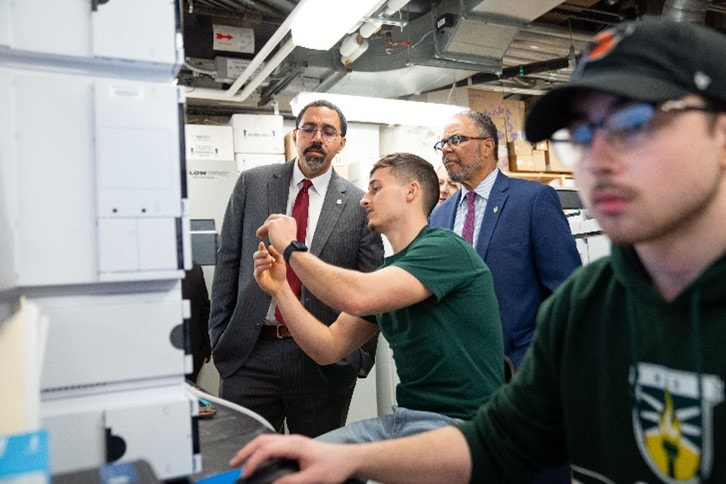
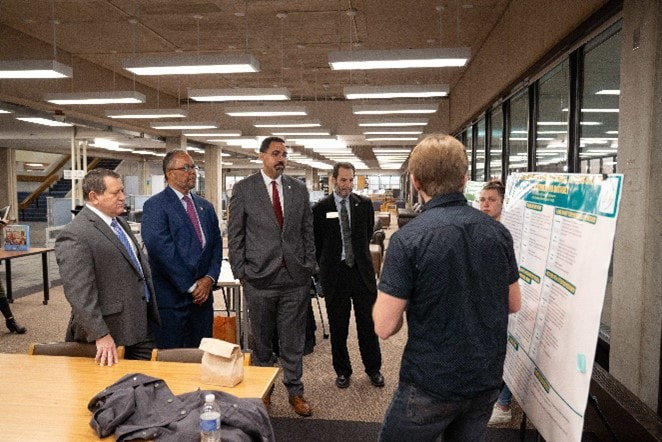
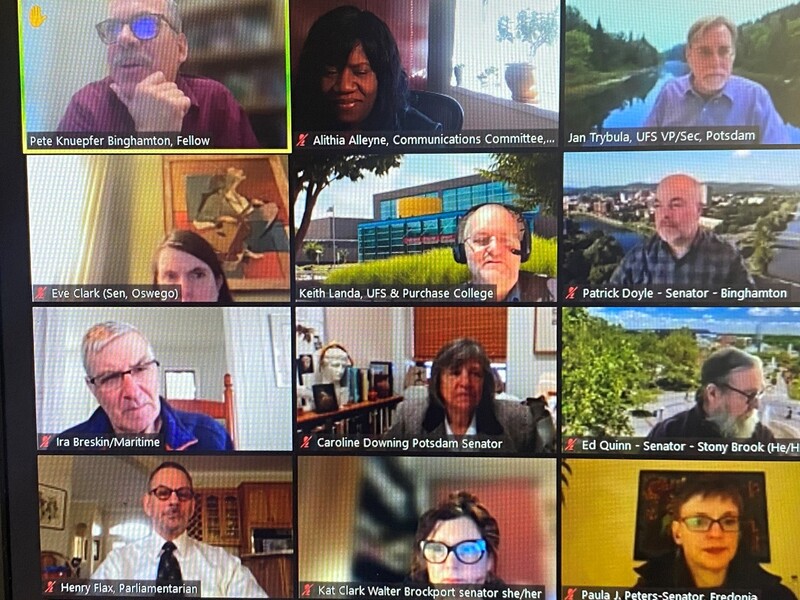
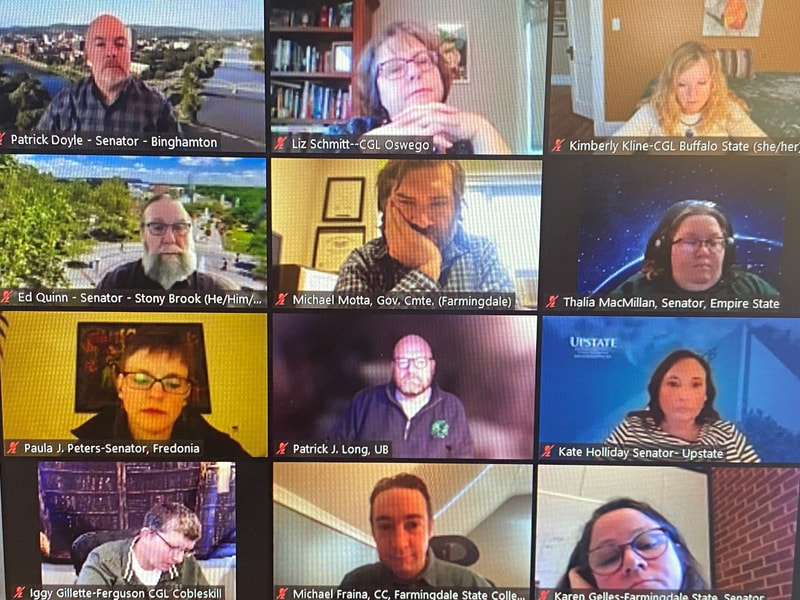
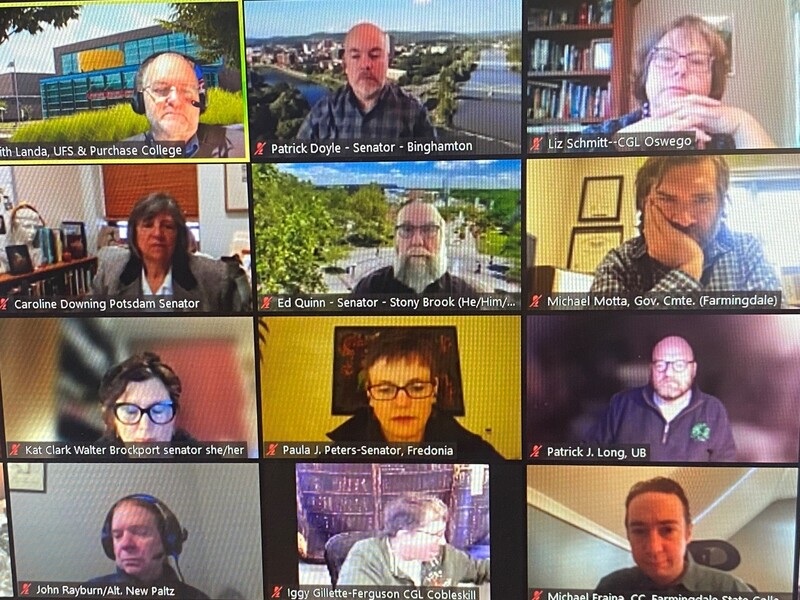
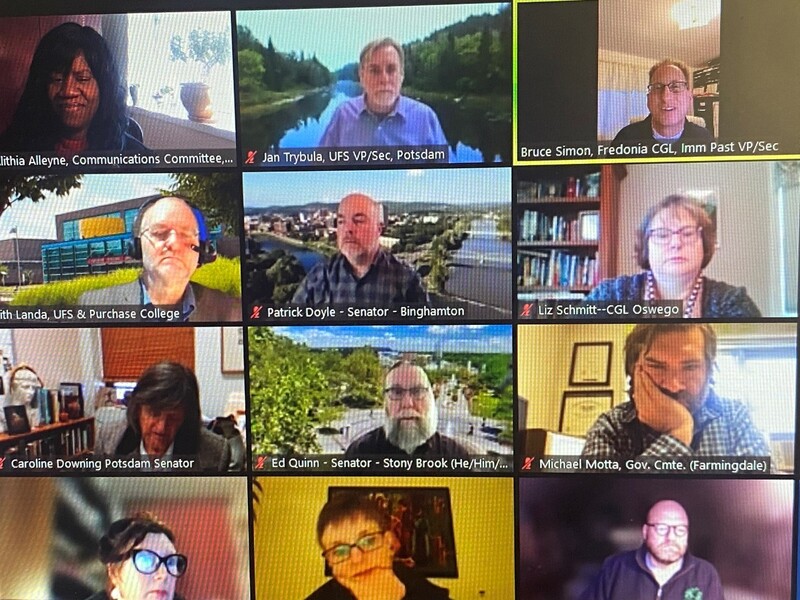
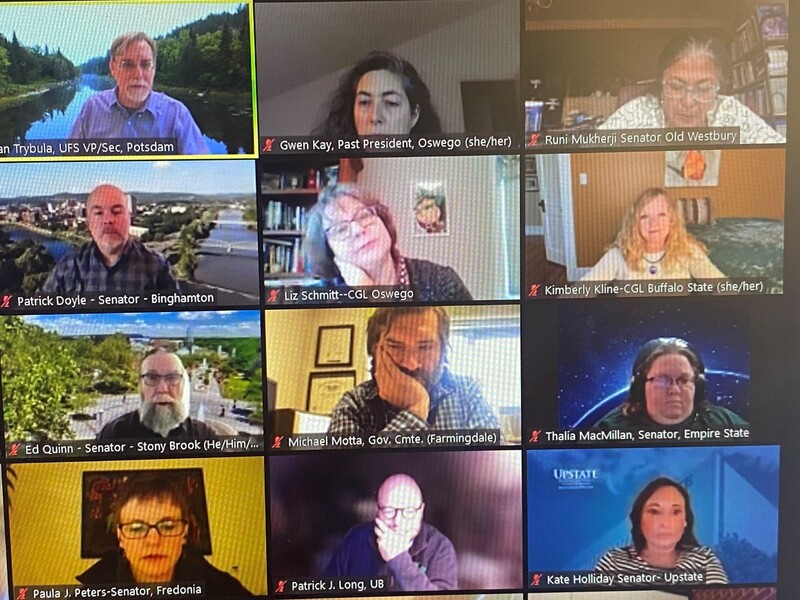
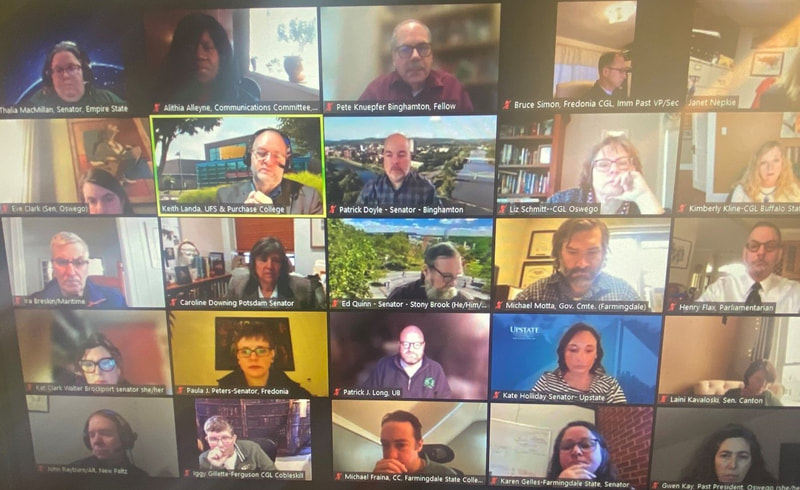
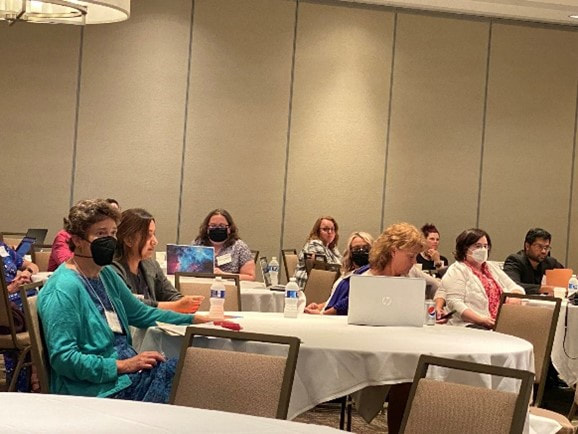
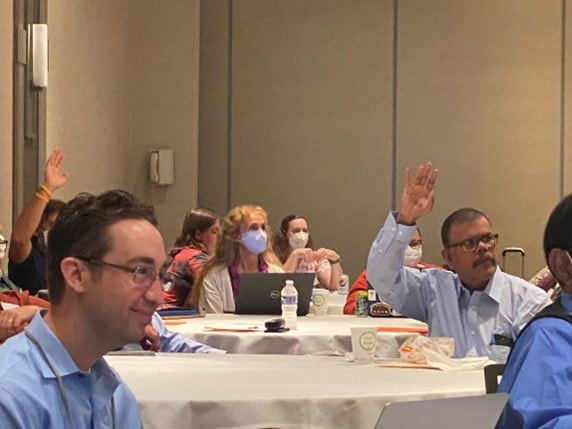
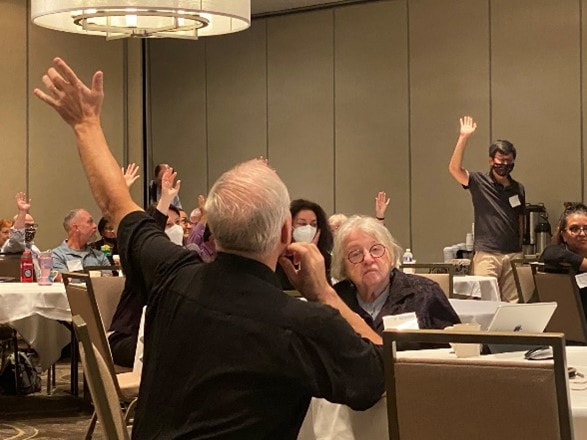
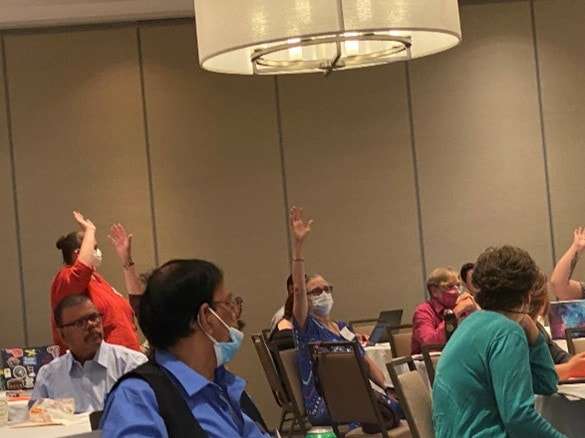
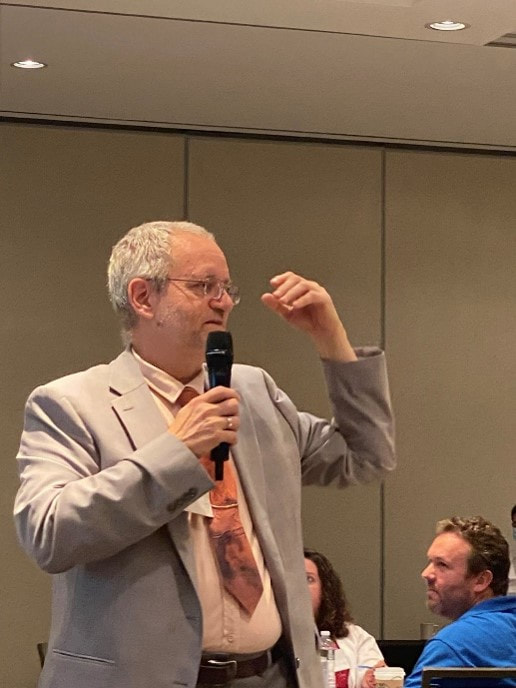
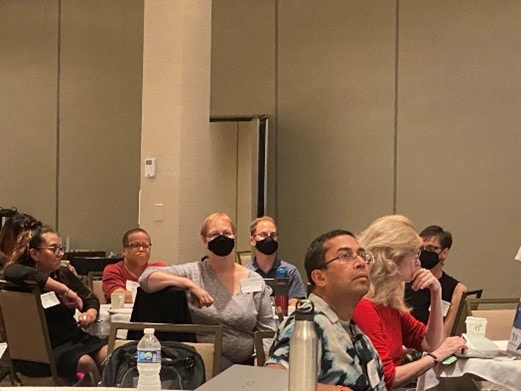
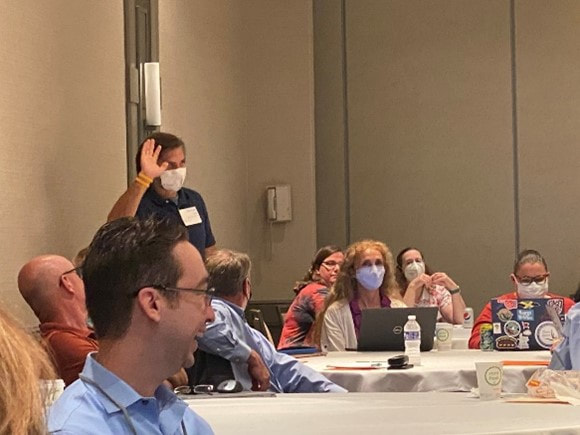
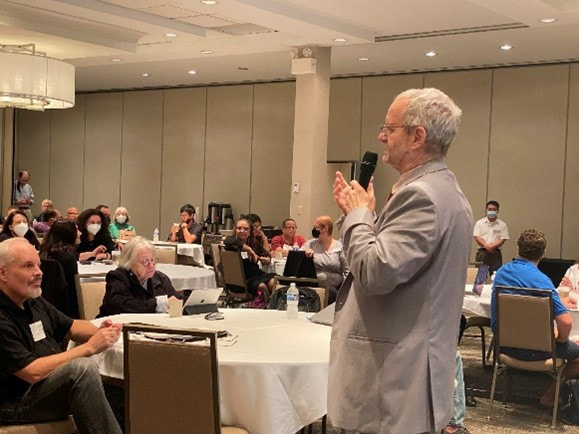
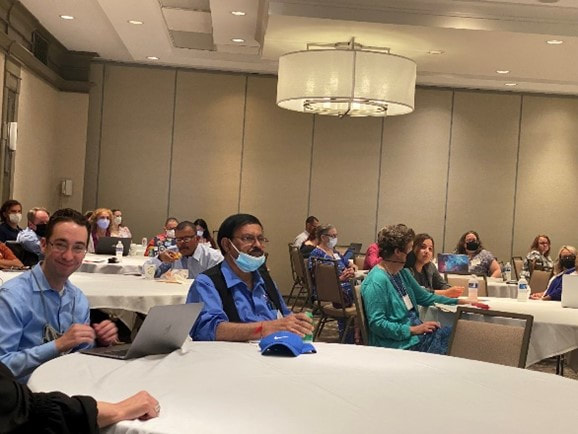
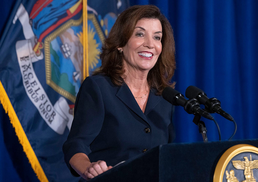
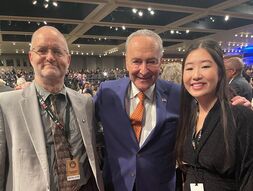
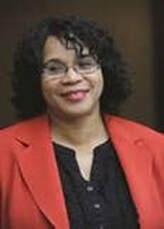
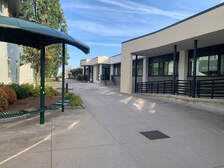
 RSS Feed
RSS Feed